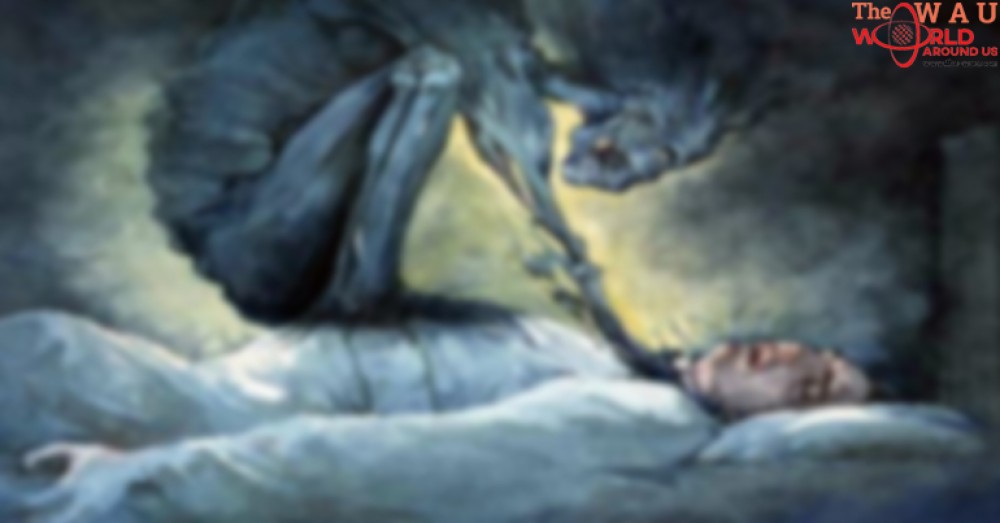Nightmares are something everyone experience at lest once in their lifetime: the feeling of being trapped, trying to run away in vain or the sense of impending doom or sleep paralysis.
Some dreams even feel so realistic that you wake up in sweat!
Unfortunately, for some people, a nightmare isn’t the worst of what can happen in their sleep.
In fact, sleep paralysis can be an incredibly frightening experience.
What Is Sleep Paralysis?
Sleep paralysis is the feeling of being conscious but unable to move. It occurs when a person passes between stages of wakefulness and sleep, typically as they are falling asleep or as they wake up.
During these transitions, you may be unable to move or speak for a few seconds up to a few minutes. Some people may also feel pressure or a sense of choking.
Worst of all, these symptoms can be accompanied by hallucinations. Most sufferers report feeling or seeing something moving towards them in the darkness. These can look like monster or simply shadows.
The most frightening thing is that you find yourself unable to move or scream. Thankfully, it’s only a dream and it’s totally harmless.
Why Does The Body Do This?
Dr. Michael J. Breus explains that, during rapid eye movement (REM), the body goes into a state of paralysis known as REM atonia.
This is a normal part of the sleep stage, when major muscle groups and most voluntary muscles are paralyzed. One important function of this paralysis may be to protect the body from injury during sleep.
REM is a sleep stage when much active dreaming occurs. Without the paralyzing effects of REM atonia, we might act out physically in response to our dreams.
In certain sleep disorders, including REM Behavior Disorder, the normal paralysis of REM sleep doesn’t work as it should, and people act out physically — sometimes aggressively and violently — in sleep.
It can be caused by the following factors:
- Lack of sleep
- Genetic factors
- High stress or anxiety
- Sleep schedule that changes
• Mental conditions such as bipolar disorder
• Sleeping on your back
• Other sleep problems such as narcolepsy or nighttime legcramps
• Use of certain medications, such as those for ADHD
• Substance abuse
How To Deal With Sleep Paralysis
Sleep paralysis may make you feel helpless, but there are a few things you can do to deal with it.
1. Relax
It’s better not to fight sleep paralysis as it can cause you more distress and worsen your symptoms. Fighting back may even increase the feelings of being held down, as well as heighten your fear. Instead, just breathe deeply and remind yourself that you’re okay and you’ll be fine.
2. Try To Move
Just like when you’re having a bad dream, trying to consciously clench your fists or wiggle your toes may be enough to wake you up and get you out of sleep paralysis. Also, most of the feeling of tightness and paralysis occurs in your belly, chest and throat, so you should have more control over your extremities.
3. Wake Yourself Up
Once you shake off sleep paralysis, go to the bathroom and splash some cold water on your face. If you stay in bed, your chances of slipping back into sleep paralysis are very high. Instead, wake yourself up and slowly begin to lull yourself back to sleep.
Stress is a big factor in sleep paralysis. You can prevent these nighttime terrors by taking the time to wind down before heading off to bed.
Share This Post















